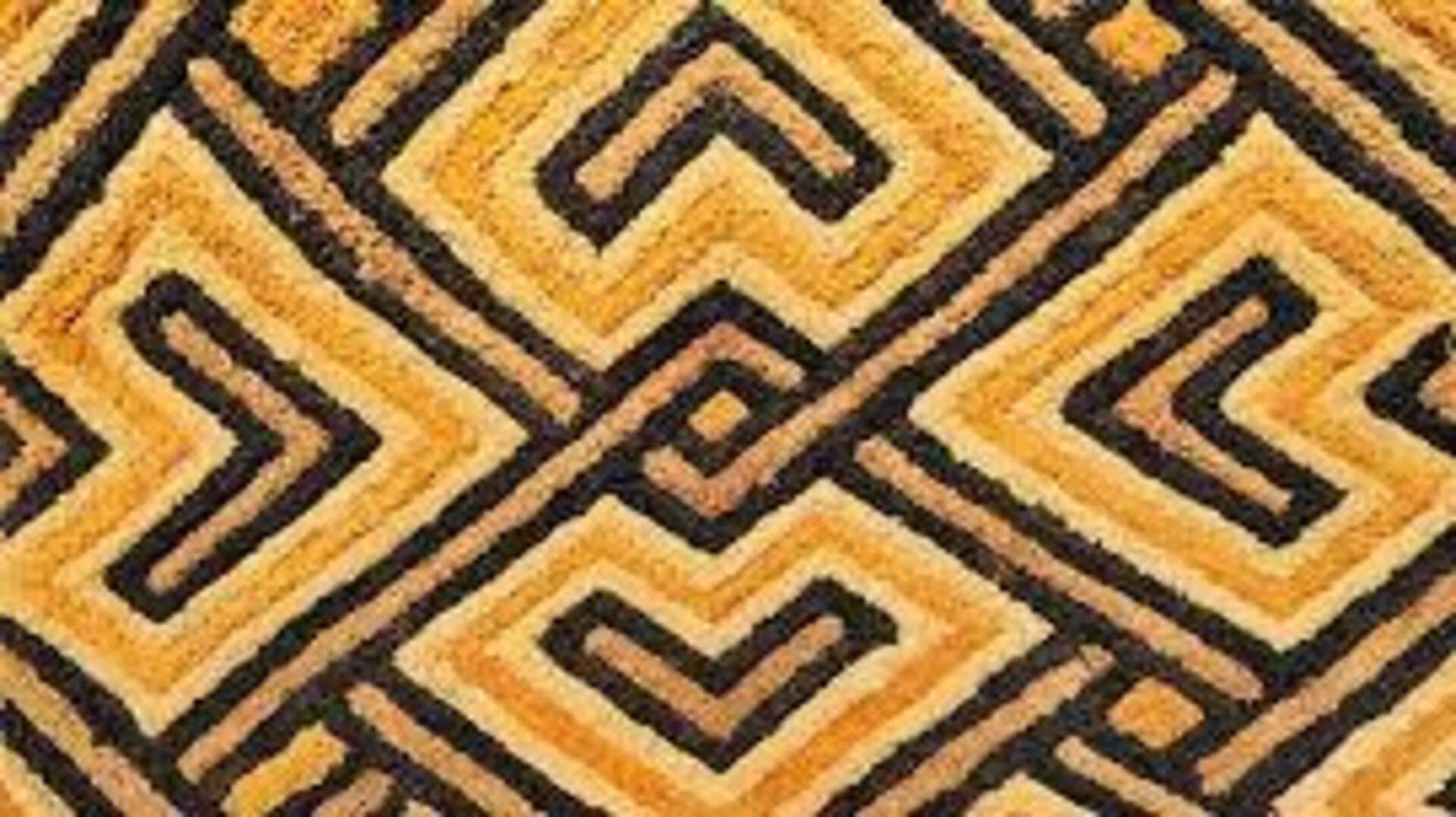
All about Kuba textiles
What's the story
Kuba cloth, a traditional textile from the Democratic Republic of Congo, is famous for its intricate patterns and cultural importance. Made from the leaves of the raffia palm, this cloth is woven using age-old techniques that have been passed down through generations. The patterns on Kuba cloth are not merely decorative but also tell stories and represent social status. Here's a look at the unique weaving techniques and cultural significance of Kuba cloth.
Weaving techniques
The art of weaving
The process of weaving Kuba cloth is labor-intensive and requires great skill. Artisans use raffia palm leaves which are stripped, dyed, and then woven into intricate designs. The patterns are created by manipulating the warp and weft threads in different ways. This technique allows for a wide variety of geometric shapes and motifs that are unique to each piece.
Pattern significance
Symbolism in patterns
The patterns on Kuba cloth are not just beautiful but also carry deep symbolism. Each design can represent different things such as social status, historical events, or personal achievements. Some patterns may even be exclusive to certain families or clans, making them a mark of identity within communities.
Tradition preservation
Cultural heritage preservation
Kuba cloth is an important part of the cultural heritage of the kuba people. It is used in ceremonies and as a mark of status among leaders. The tradition of making Kuba cloth is being preserved by teaching the younger generations the art of weaving and its cultural importance. This ensures that this unique tradition continues to be a part of their identity.
Economic influence
Economic impact on communities
The production and sale of Kuba cloth also have an economic impact on local communities in Congo. By selling these textiles at local markets or internationally, artisans earn a living while preserving their cultural heritage. The demand for Kuba cloth supports sustainable practices by encouraging the use of natural materials found locally.